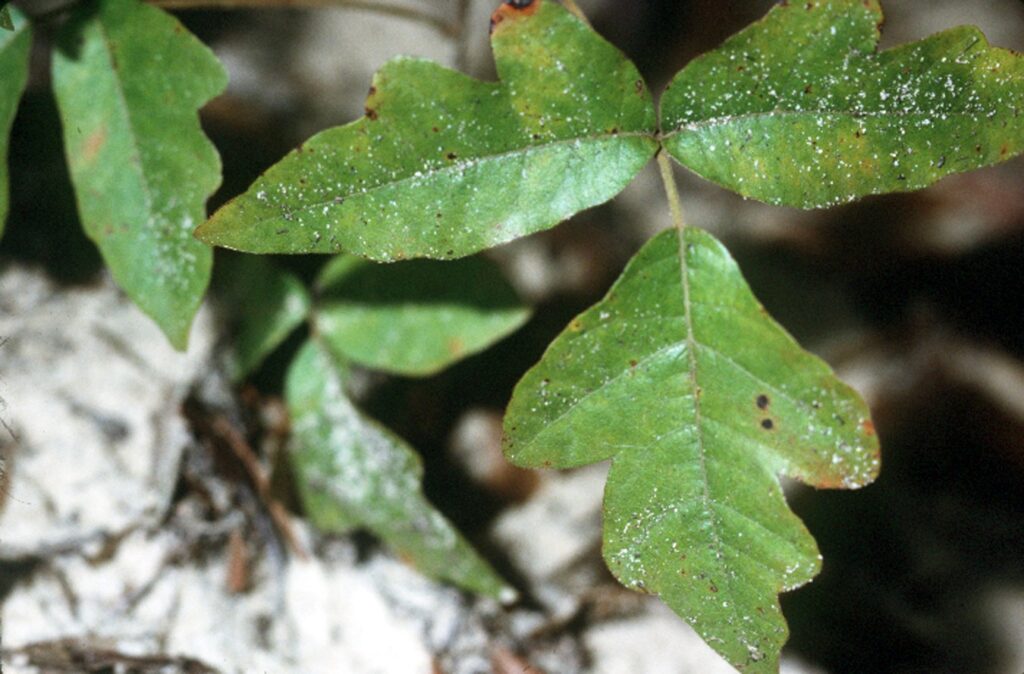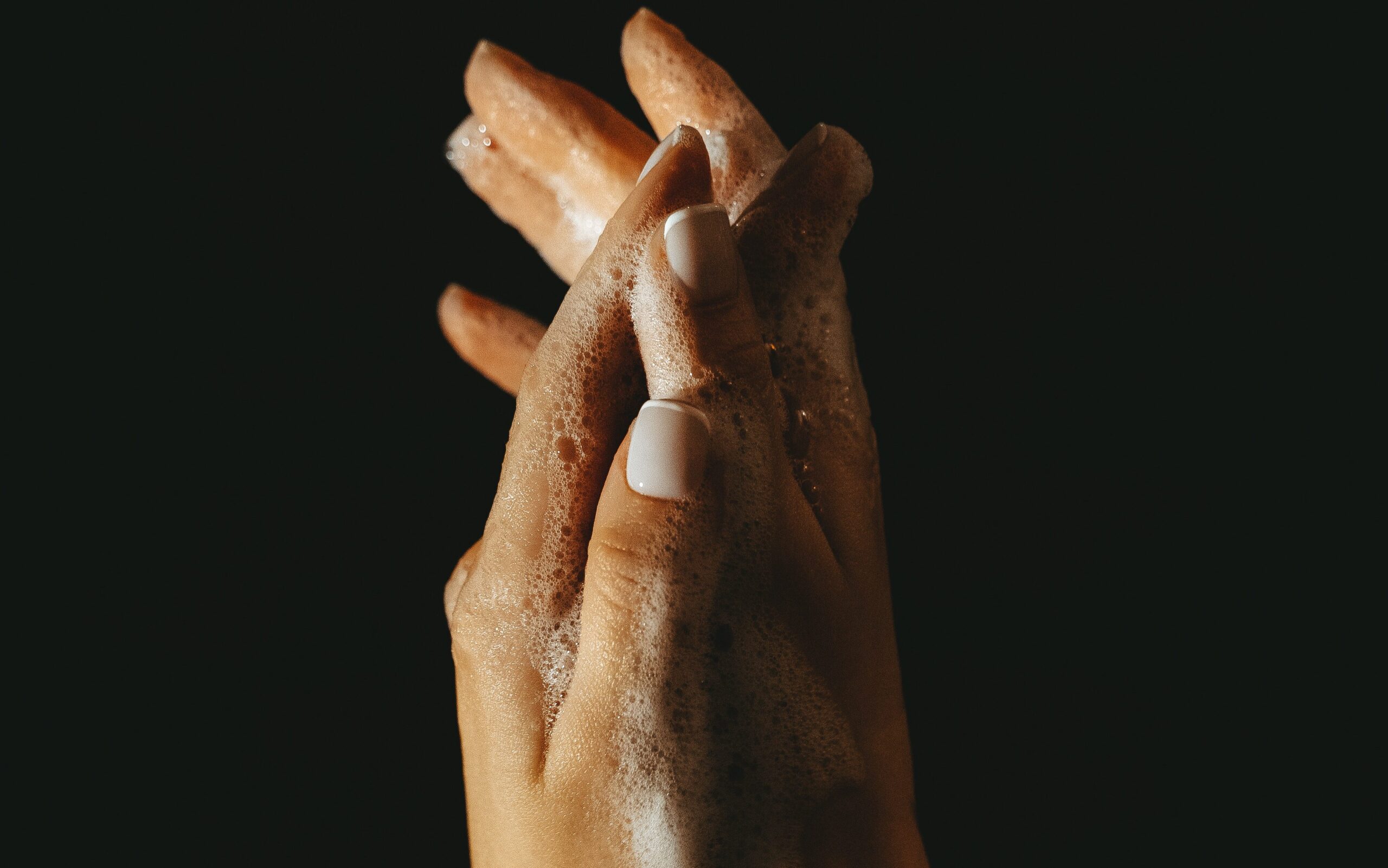Poison oak belongs to the family of plants notorious for hurting humans with its rashes. The plant itself is not dangerous, but it causes harm because of a special kind of oil they secrete that generates allergies in us.
It has a similar appearance to poison ivy and sumac, but there are specific differences. Many might also ask does poison oak have thorns? And for this reason, we have discussed everything about poison oak in detail in this article.
Does Poison Oak Have Thorns?
Poison oak does have thorn-like structures on its stem, but other than that, it has a pretty unsuspecting appearance. So if you are unaware of how poison oak looks, you can accidentally suffer a nasty infection.
Check if Poison Sumac has thorns.
Appearance Of Poison Oak

Poison oak typically grows as vines or shrubs and is native to North America. It has almost a similar appearance to oak leaves and can have three but sometimes more leaflets per group.
It has a round, smooth appearance, soft edges, and a shiny surface. The leaves also have a textured and hairy exterior.
How does Poison Oak Cause Rashes?
Poison oak produces a type of oil called urushiol oil which can cause considerable damage once it comes in contact with someone. It will start as an itch and then grow into a blistering rash that is not long-lasting but is painful and awful to experience.
Usually, it will not be an issue if you breathe in the air around the poison oak. But do not breathe in the smoke after burning these leaves, as it can cause serious harm to your eyes, lungs, etc.
What Are The Symptoms of Poison Oak Allergies?
The most common symptoms of this infection include mild red patches, which then grow into red bumps or large blisters. These rashes might last one or two weeks, but they can stay longer in severe cases.
How To Treat The Rashes?

These infections are generally treatable at home, so you might not even need to visit a doctor. But we highly recommend you do so to be safe.
- At first, it is essential to ease the itch so use clean water to wash the affected area carefully.
- If you can add a cup of baking soda to the washing water, that will also help relieve the irritation.
- You can consider home treatments, including over-the-counter creams for rashes, such as calcium acetate, aluminum acetate, etc.
- To counter the itchiness, you can use calamine lotion or other skin lotions that eases itches.
- Many also use antihistamines pills to end the irritation.
- Steroid cream can also be an option, but it might not be a powerful solution if the infection is severe.
- Cool compresses work wonders in relieving pain and the itchy feeling.
Wrapping It Up
Any skin infection is a thing to worry about, so do not compromise your health and seek professional medical help as soon as possible. Besides that, try to stay away from these poisonous plants as much as possible.
*Disclaimer – We are just transcribing information taken from various sources. We highly recommend seeing a doctor for a proper diagnosis.*
Featured Img Src: Elf at English Wikipedia, CC BY-SA 3.0, via Wikimedia Commons.
